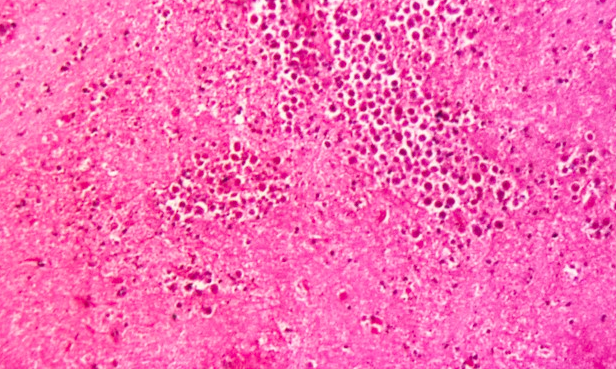 What is brain eating amoeba? What are the infection symptoms?
What is brain eating amoeba? What are the infection symptoms?
Free-living amebae (FLA) are tiny creatures that can cause rare but serious infections in humans. Now officials are allowing the use of an experimental medication in an attempt to quickly manage difficult-to-treat FLA infections.
Naegleria fowleri is found in hot springs and warm freshwater, most often in the Southeastern United States. The amoeba enters the body through the nose and travels to the brain. There is no danger of infection from drinking contaminated water, according to the CDC.
“This infection is one of the most severe infections that we know of,” Dr. Dirk Haselow of the Arkansas Department of Health told CNN affiliate WMC about Kali’s case. “Ninety-nine percent of people who get it die.”
What are the symptoms?
The first symptoms of primary amoebic meningoencephalitis appear one to seven days after infection, including headache, fever, nausea, vomiting and a stiff neck, according to the Centers for Disease Control and Prevention.
“Later symptoms include confusion, lack of attention to people and surroundings, loss of balance, seizures and hallucinations,” the agency website says. “After the start of symptoms, the disease progresses rapidly and usually causes death within one to 12 days.”
Infections from these single-celled living organisms often end in death, leading the Centers for Disease Control and Prevention (CDC) to announce a new policy aimed at treating these infections.
The CDC announced it is working with the US Food and Drug Administration (FDA) to make an investigational new medication available to patients coping with FLA infections.
How can I protect myself?
According to the CDC, Naegleria fowleri is usually spread when contaminated freshwater enters the body through the nose (like when swimming in a lake or river).
Another FLA, Balamuthia mandrillaris, is thought to cause infections in humans when contaminated soil is breathed in or enters the body through cuts on the skin.
Yet another FLA, caused acanthamoeba, can infect the eyes, skin and central nervous system after being spread through cuts on the skin, inhalation or contact lens use. This FLA is found worldwide in water and soil. Interestingly, most people will be exposed to Acanthamoeba at some point, but very few will become ill from it.
One of the most important steps you can take to help avoid infection is to wash your hands carefully before touching your eyes or contact lenses.








